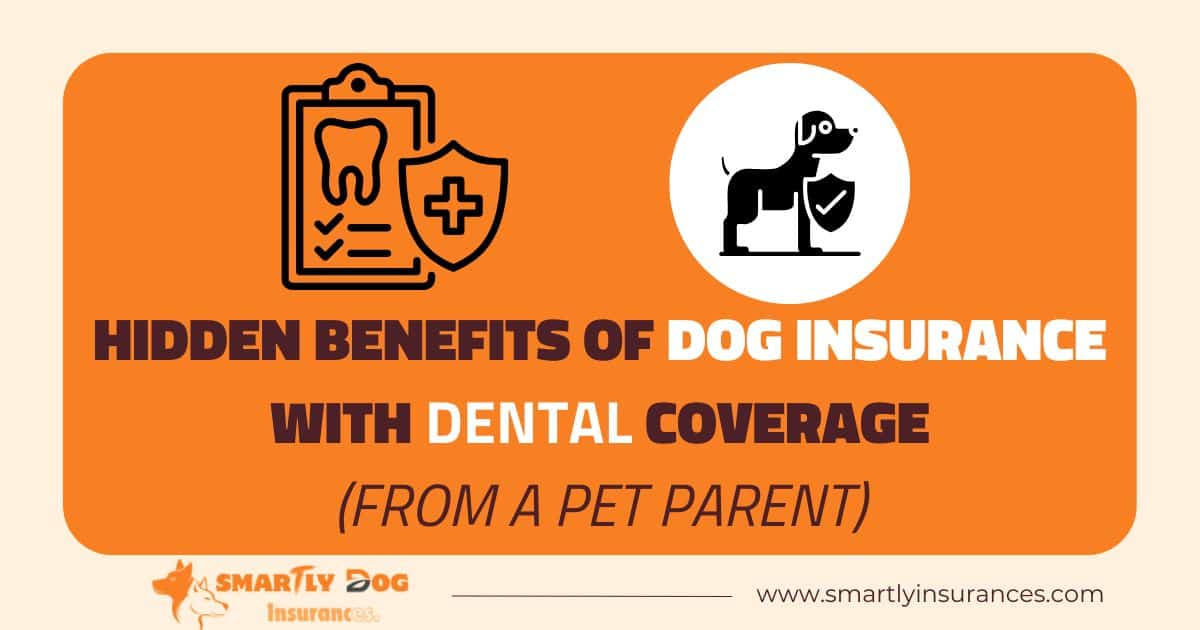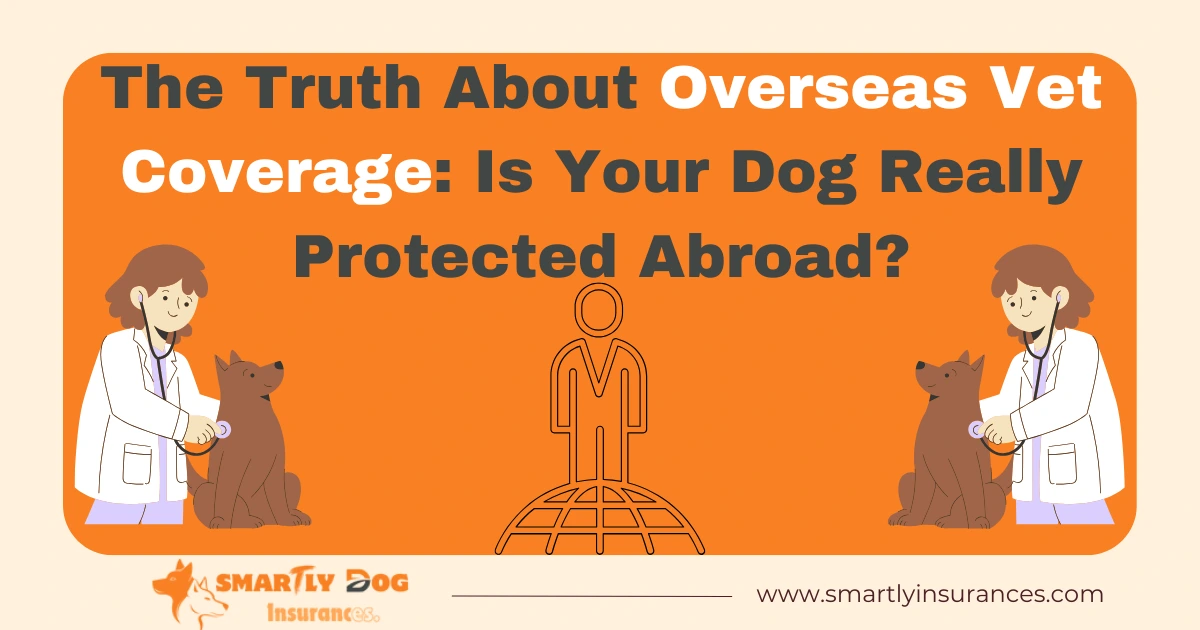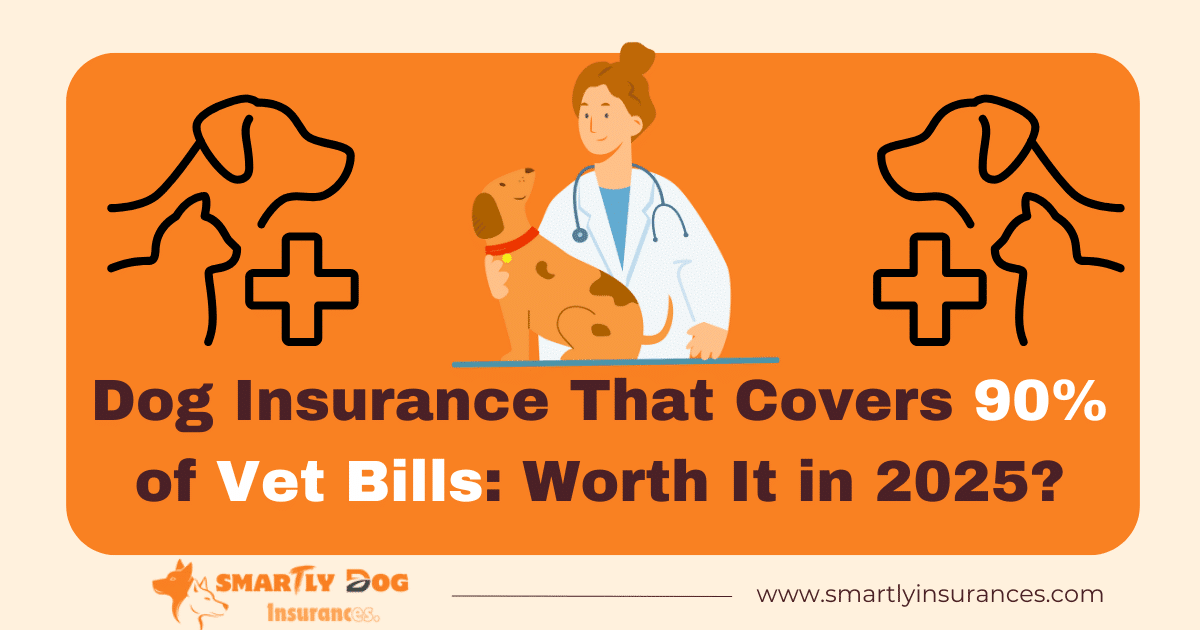Did you know that 80% of dogs develop dental disease by age three? The statistic shocked me, and I was even more surprised to learn that a single tooth extraction can cost up to $35 per tooth. My experience as a pet parent taught me about dog insurance with dental coverage the hard way, and I now understand why being prepared for these expenses matters.
Dental procedures for our furry friends come with a hefty price tag – routine cleanings can cost between $500 to $1,000, and more complex treatments can reach up to $3,000. But dental insurance for dogs can substantially reduce these costs. Most standard pet insurance plans don’t cover preventative dental cleanings, yet some detailed plans include coverage for periodontal disease, extractions, and other dental emergencies.
Let me share my personal experience with dog dental insurance and the hidden benefits I found that there was along the way. I’ll help you make an informed decision about your pup’s dental health by explaining what’s covered and how to get the most from your benefits.
My Dog’s Dental Emergency Changed Everything
My viewpoint on pet dental care took a sharp turn after my dog needed an emergency tooth extraction. The vet told me the procedure would cost nearly $3,000 because of the complex extraction process and required anesthesia. The final bill had pre-surgical tests ($150), anesthesia ($250), dental X-rays ($120), and post-operative medications ($50).
Dental problems are common in dogs – more than 80% develop these issues by age three. I never thought about dental coverage before this whole ordeal. Regular brushing seemed enough at the time. The fact that dental issues could trigger serious health complications, including systemic problems and potential risks, never crossed my mind.
This experience made me look into dog insurance with dental coverage. I found that dental treatments for periodontal disease, broken teeth, and tumors typically cost between $200 to $2,500 per tooth. Most insurance providers offer two types of dental coverage. The simple plans cover accidents and injuries, while detailed plans include illness-related dental problems.
I picked a detailed plan that covers emergency procedures and illness-related dental issues. My policy has coverage for tooth extractions, root canals, X-rays, and prescription medications. Getting coverage early is vital since no pet insurance covers pre-existing conditions.
Understanding Dog Insurance With Dental Coverage
Pet insurance companies provide two main types of dental coverage. We focused on simple coverage for accidents and injuries, and detailed plans that handle both accidents and illnesses.
Simple dental coverage helps with emergencies like broken or chipped teeth from accidents. Detailed plans expand protection to include periodontal disease, gingivitis, and tooth abscesses. Most detailed policies provide coverage up to $100,000 per policy term.
Different providers include varying items in their dental coverage. Standard coverage includes:
- Tooth extractions and reconstructions
- Treatment for periodontal disease
- X-rays and diagnostic testing
- Prescription medications
- Root canals and crowns
Detailed plans come with specific requirements. Many providers need proof of dental cleanings within the previous 13 months for pets over three years old. This rule helps maintain proper dental care and lowers claim risks.
Pet owners should know about several common exclusions in dental insurance policies. Most plans exclude routine teeth cleaning unless you buy additional wellness coverage. You won’t find coverage for cosmetic procedures, orthodontic services, and pre-existing conditions.
The costs can add up quickly – routine cleanings range from $500 to $1,000. Root canals cost between $1,500 to $3,000. Understanding these exclusions is vital for planning your finances.
Dental coverage usually comes with accident and illness policies instead of standalone insurance. This setup often works better because dental issues can link to other health problems.
Hidden Financial Benefits I Discovered
My dog insurance plan’s preventive care coverage has been a great financial decision. A simple wellness policy costs just $9.95 monthly and provides hundreds of dollars in coverage. These plans make regular dental cleanings more affordable, which usually cost $150 to $350.
The detailed coverage protects me from emergency dental expenses. A single tooth extraction can cost $50 to $200, and multiple extractions are a big deal as it means that the cost can reach $1,000. Root canals and other complex procedures often cost thousands of dollars, but insurance helps me pay just a portion of these expenses.
The insurance also offers great multi-pet discount options. Insurance companies give discounts of 5% to 10% for pet parents with multiple pets. These savings show up as:
- Premium discounts for each extra pet
- Lower monthly rates
- Special deals for multi-pet homes
- Combined benefits with other insurance plans
One insurance provider for multiple pets makes policy management easier. This simple management and the money saved make pet dental insurance worth it. Research shows that pet parents who have insurance take their pets to vets almost twice as frequently compared to those without it. This means better preventive care for all pets.
The payment system works differently from human dental insurance. You pay the full amount at the vet first, then submit receipts to get reimbursed. This approach needs upfront payment but saves money in the long run for all my pets’ dental care.
Beyond The Money: Quality of Life Benefits
Your pet’s dental health means more than just a bright smile. Dental health is a vital indicator of your dog’s overall well-being. This becomes even more significant since dental disease affects 80-90% of dogs over age three.
Peace of mind during emergencies
Having dental coverage will give you peace of mind when unexpected situations arise. Research shows untreated dental issues can cause serious complications that affect the heart, liver, and kidneys. Insurance coverage eliminates the stress of making tough financial decisions during dental emergencies.
Better preventive care habits
My pet’s dental insurance has transformed my approach to preventive care. Regular dental check-ups and cleanings prevent many problems. My insurance plan has helped me develop better habits:
- Annual dental examinations
- Professional cleanings when recommended
- Early detection of potential issues
- Consistent home care routines
Improved overall health outcomes
Good dental care directly impacts your dog’s quality of life. The statistics are eye-opening – 50-90% of cats over age four face dental issues, which shows how common these problems are among pets. Infections and complications from poor dental hygiene can affect multiple organ systems.
Dental health’s connection to overall wellness becomes clear as pets age. Insurance coverage for proper dental care helps prevent serious health complications. Regular dental maintenance keeps your pet’s mouth pain-free and contributes to their long-term health and happiness.
Dental insurance promotes proactive rather than reactive treatment. This approach has proven to be a great way to get potential issues detected early, so my dog receives care before problems worsen.
Maximizing Your Dog’s Dental Insurance Benefits
You need strategic planning and a good grasp of policy details to get the most from your dog’s dental insurance. We started by looking at insurance companies that set waiting periods between enrollment and coverage start. These periods usually last 14 days for dental coverage. This protects insurers from people who sign up after their pets develop problems.
Regular check-up strategies
Most veterinarians recommend annual dental examinations. Here’s what you need to do for the best dental care and insurance coverage:
- Schedule professional cleanings under anesthesia
- Monitor for signs like bad breath or bleeding
- Follow vet-recommended dental care routines
- Document all dental treatments and examinations
Understanding waiting periods
Different types of coverage come with specific waiting periods from insurance providers. Dental problems that show up during this original period won’t qualify for coverage. Most importantly, your pet’s dental issues that appear before enrollment or during the waiting period become pre-existing conditions and usually stay excluded from coverage.
Working with your vet effectively
Clear communication with your veterinarian is a vital part of maximizing insurance benefits. Your vet grades your pet’s dental health from 1 to 4. Grade 1 suggests minimal tartar and healthy gums, while Grade 4 points to severe plaque and possible systemic infection.
Insurance providers often need proof of annual dental exams. A close relationship with your vet will give a solid foundation for documentation of claims. Note that most policies require you to follow your veterinarian’s recommended dental care plan. Failing to comply with these requirements could lead to denied claims for dental illnesses.
Professional cleanings under anesthesia give a full picture of each tooth and gum tissue. This complete examination helps spot potential issues early, which leads to better coverage use and health outcomes for your pet.
My experience with dog dental insurance has taught me valuable lessons about protecting my pet’s health. Dental procedures can be expensive at first, but proper coverage makes these costs manageable. I’ve learned that dental insurance goes beyond financial protection and gives me peace of mind when emergencies happen. It also helps me stay on top of preventive care.
Regular dental check-ups with good insurance coverage help detect problems early. My pet stays healthier and I save money by taking this proactive step. Many pet parents don’t think about dental coverage, but knowing its benefits can really improve their dog’s life quality.
Dog dental insurance is a smart investment. Getting coverage early will give your pet access to dental care throughout their life instead of waiting for emergencies. A healthy smile leads to a happier, healthier dog – exactly what every pet parent wants for their furry friend.



